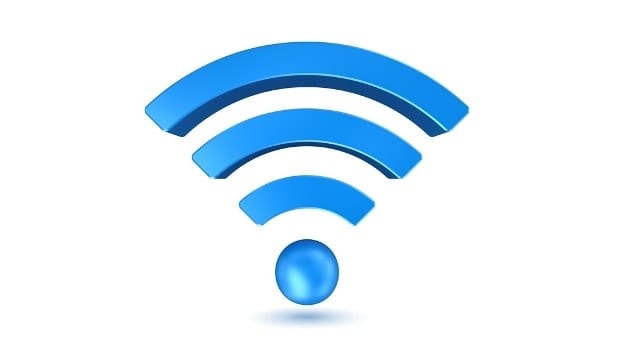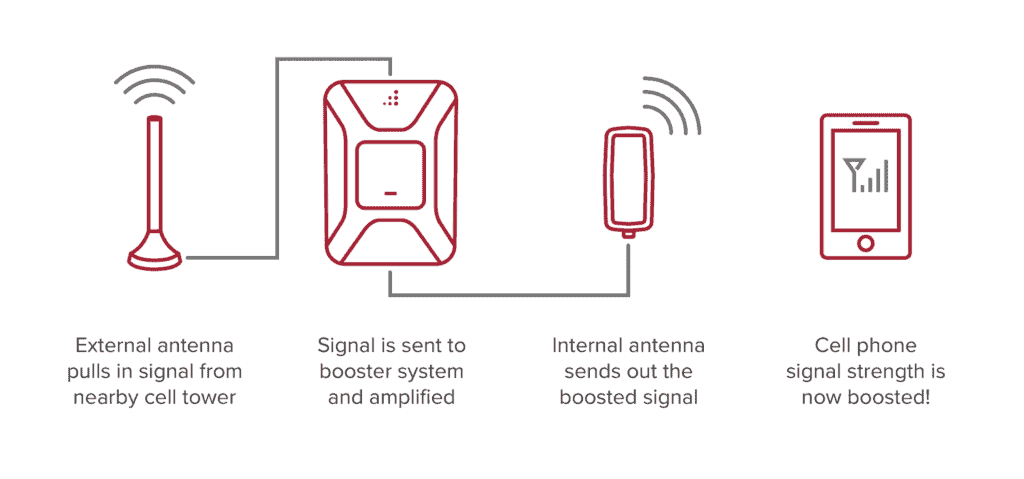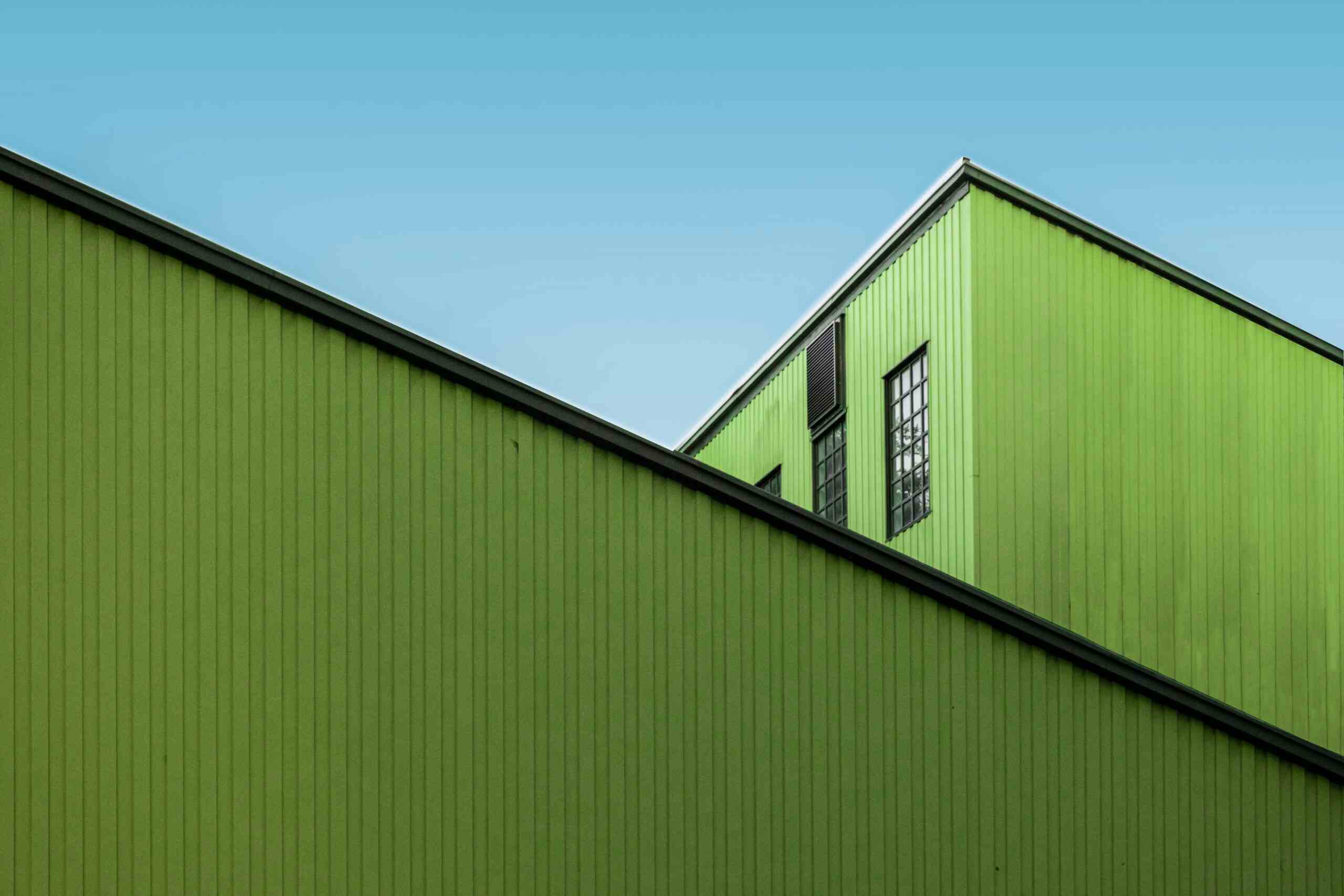How Data Signal Boosters Can Increase Your Mobile Data Signal
Posted on 8/5/2020 by Nicholas Jones
Based on where you are and how far you are from surrounding cell towers — or if there are large buildings, hills, or other obstacles in the way — your home, car or office may be a veritable nightmare when it comes to reliable cell service. This is when you need a data signal booster to improve your signal.
How can I boost my data signal?
Sure, you’ve got that one corner of your home where if you hold your phone just right, stand on your head, and hold perfectly still the signal is usable, at least for limited use. But it’s the 21st century, and nobody should have to do that. Let’s talk about how to boost your signal.
First, if you have an old or aging phone that has been dropped more than a few times, your data issues could be related to certain hardware damage. If this sounds like you, then you could fix your problem by purchasing a new phone or getting it repaired.
Other device-related solutions include ensuring that your software is up to date or resetting your phone to see if it’s a software issue. While it’s not always convenient to update your phone when you have a pressing and constant need to use it, updating all of your phone’s software or wiping it and starting fresh can sometimes fix nagging issues such as troublesome reception.
You can also reach out to your carrier to see if they support a microcell or network extender that uses your existing internet connection (such as your home WiFi) to relay your calls and data.
If you’re in the vicinity of a strong WiFi signal, you can try skipping your phone’s data altogether and jump on the local wireless network or use your carrier’s WiFi calling feature. However, there are some drawbacks to this, including data usage fees, inadequate bandwidth, and restrictions on some calls.
But if you’re wondering how to increase your mobile data signal for good, and you’re not interested in hacks or clunky workarounds, you need a data signal booster.
Data signal boosters, also known as cell phone signal boosters, are a system of exterior antennas, amplifiers, and interior antennas that, together, boosts your cell phone reception to usable levels for both calls and data. Together, they form a wireless system that boosts the available cell signal that already exists outside your home, car, or office, helping improve the usable signal your phone sees without the need to buy a new phone or jump ship to another competing network. After all, another network may give you the same problem if the issue is one of interference or a weak signal.
How does a data signal booster work?
Data signal boosters work by repeating an outdoor signal inside, boosting, and optimizing the gain of the existing signal for inside use. Made up of three main components — the outside antenna, the repeater/amplifier, and the inside antennas — a signal booster starts with the outdoor antenna receiving and transmitting the outside cell signal to the repeater.
The repeater then boosts this signal and sends it to the indoor antennas to rebroadcast the optimized and boosted signal throughout the afflicted area. With the right hardware, this turns any room, floor, office, or car into a full-signal behemoth, providing you with a usable signal and a faster data connection.
Why don’t cell signals work everywhere?
Cell service works best when local demand is low, meaning your local tower doesn’t have an excess of people and handsets using it, and you’re close to it with minimal obstructions in the way. Hills, trees, buildings, walls, and distance all affect the usable signal you get, and low-e glass and other sorts of modern building materials are all a detriment to a viable cell signal indoors. If demand jumps (ever tried to use your phone at a festival?) or you’re out of sight from your closest cell tower due to distance, geography, or other obstacles, odds are your signal is going to suffer.
For most, this signal drop from the tower doesn’t affect their ability to take calls or jump online, but when you combine distance with trees, hills and other common obstacles, or you’re in a modern building that rejects cell signals indoors, an already weak signal stands no chance.
The good news is that a data signal booster can bring the same signal you get outside, inside, enabling you to surf at maximum speeds. And since they’re compatible with all networks and protocols, such as GSM, CDMA, TDMA, EVDO, UMTS, HSPA+, and LTE, data signal boosters are great for clearer calls and faster internet browsing anywhere there’s an issue.
An additional benefit of a data signal booster is that with faster, more reliable data and an ability to take and make calls without worry, your cell phone’s battery will last longer as it’s not stuck searching for a signal throughout most of the day, which can zap your phone’s battery. You may also notice that your phone’s a bit snappier due to its stronger signal.
What is signal strength?
Signal strength, or the electric field magnitude at a point of reference — in this instance, at your phone — is the amount of signal that your phone “sees” from the closest cell phone tower. Also known as field strength or received level signal, it’s the signal that your phone uses to make calls and receive data. As you use your phone, both calls and data are converted by your phone into electric signals, which are then relayed back to the tower as radio waves. The tower then sends this information into the provider’s network for transmission online or as a voice call to another cell phone or landline.
Data signal boosters work as an additional layer in between the cell tower and your handset, boosting the existing transmission from the cell tower into your home, car, office, or anywhere else you need to fix a haphazard data connection.
Digital or analog data signal boosters
While many of our gadgets today are digital, consisting of complicated programming controlled by microprocessors and software, most signal repeaters are actually analog and have no internal logic other than their physical configuration.
Amplifying signals using traditional technology, an analog signal repeater usually comes with an outdoor antenna cable and kit and must be properly installed to achieve the desired function. Also known as a bi-directional amplifier, or BDA, a signal repeater is a common tool for two-way radio use, as well as for boosting a cell signal.
But while most signal boosters are analog, newer, digital signal boosters use powerful baseband processors that optimize and clean the existing signal before rebroadcasting. Also known as smart signal boosters, these amplifiers are capable of over 100 dB signal gains compared to a 70 dB max gain with an analog signal booster. Due to the more complicated components and software within, a digital signal booster is more expensive, but is easier to set up and is capable of a more robust signal than an analog booster.
How to increase a mobile data signal
For the most part, the available signal around your home, car or office is what you have to work with when it comes to data signal boosters. With strong outside reception but weak indoor coverage, a data signal booster is ideal. By bringing the outside signal inside, obstacles and distance are minimized, and a signal booster should have no problem keeping up with the demands in your typical home.
But if you’re already dealing with a weak signal, significant boosting may need to take place, which can affect the viable coverage inside. Larger homes, offices and other environments may also reach their coverage limits quickly, so multiple indoor repeaters may be needed to provide full coverage.
Does signal strength affect data speed?
Shannon’s Law, named after mathematician Claude Shannon, tells us that wireless signal strength must overcome interference and noise to avoid data errors that drag down network speed. Also known as the Shannon-Hartley theorem, it states that capacity is the result of bandwidth, average signal power and the amount of noise or interference.
Applying this to today’s wireless technology, it shows us that peak signal strength cannot be achieved unless the signal strength is enough to overcome any electromagnetic interference or noise present in the environment.
As interference causes data errors which, in turn, slows down network speed as information must be retransmitted until it makes its way through, it then follows that a stronger signal will likely lead to faster data speeds, as long as you already aren’t close to your data max. Indeed, for an already strong signal, increasing the signal won’t lead to any appreciable gains in transmission speeds, but boosting a signal from barely usable will greatly increase your data speed.
weBoost data signal boosters
If you’ve been suffering from intermittent, slow or unreliable cell data indoors, weBoost can help. Whether it’s your office, home, car, or another environment, a cell phone signal booster can prevent dropped calls and improve your data connection on the service or plan you already have.
No need to buy a new phone or jump ship to another carrier — we’ll help you get the most of the cell signal you already get outside, and bring it inside. The result is more reliable, faster data with a cell signal booster.
Click to see how we can help you today!







